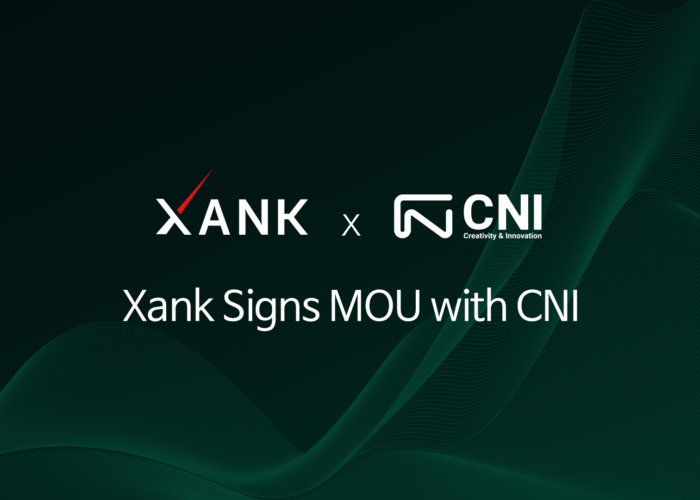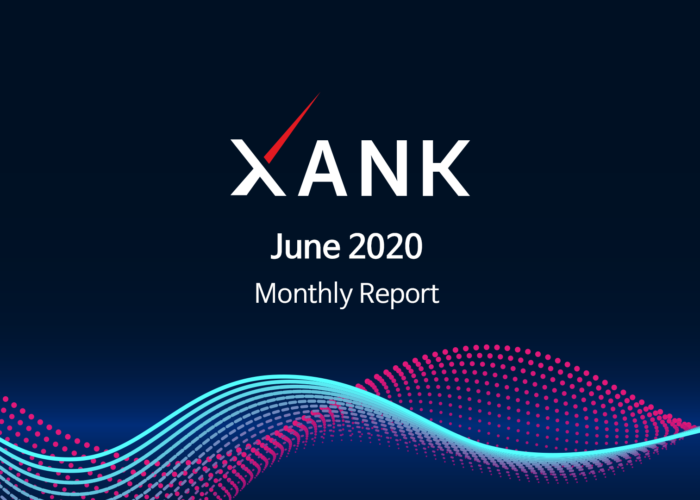The retail industry has had one of the most inconsistent recoveries since the Great Recession of 2008. Until recently, annual retail sales growth was sluggish as Americans pulled back on spending. However, the National Retail Federation (NRF) announced the strongest growth in retail holiday sales in 12 years at the end of 2017. Over November and December 2017, sales rose 5.5 percent to $691.9 billion – a positive sign for the retail industry’s future.
As the retail market evolves to keep up with consumer demands, innovation has taken center stage. Experts predict that the retail industry will be shaped by “emerging technologies that change the way consumers interact with their favorite brands, a shift in preferences, and the emergence of new battle lines for e-commerce.” Savvy consumers are demanding more from their favorite retailers as convenience and instant gratification have become the new normal with technological advancement.In the coming months, we will be diving deep into modern retail with a series of articles featuring the most compelling innovations in the retail industry. First, we’re digging into the current state of retail and what’s next for this trillion-dollar industry.
The current state of retail
By definition, retail is “when a business sells a product or service to an individual consumer for his or her own use. The transaction itself can occur through a number of different sales channels, such as online, in a brick-and-mortar storefront, through direct sales, or direct mail. The aspect of the sale that qualifies it as a retail transaction is that the end user is the buyer.”
The retail industry has evolved dramatically over the past few decades, but the end goal remains the same. Retail is all about providing an excellent shopping experience. As the world shifted into the digital era, retailers tried to keep pace by finding new ways to make shopping easier, faster, more convenient, and more engaging. Brands offered customers the option to shop online, launched engaging mobile apps, opened registers with new payment methods, and created channels to give customers more flexibility in how they make purchases. Today’s retailers make use of advanced customer data to provide bespoke offers, a unique in-store experience, and smart online marketing campaigns.
The number of online transactions has skyrocketed. Online shopping has never been more accessible. And, with the rise of e-commerce, one of the biggest trends in retail is choice. Sellers reach customers through a plethora of touchpoints: it’s estimated that the average American is exposed to 4,000 – 10,000 ads per day. Retailers are taking advantage of that exposure to never miss a sale, online or offline.
With all of these changes, it’s an exciting time to be in the retail industry. But where is this sector heading next?
The biggest challenge facing retail today: theft
Despite the rise of cybersecurity threats such as phishing, identity theft, and fraud, most consumers remain in the dark about how and where these threats are evolving. Less than 57% of people surveyed are taking critical cybersecurity methods such as using two-factor authentication to protect themselves and, as a result, approximately 15 million U.S. residents have had their identities used fraudulently each year, leading to financial losses of over $50 billion.
If someone is booking a hotel or buying anything online, generally all you need to do is a provide a credit card number. Possession of that information serves as your identity, without the person on the other side of the transaction really knowing who you are.
While technology might have given birth to these problems, it has also become an essential tool in their prevention. Retail is an industry particularly affected by bad actors on the web: according to Forbes, retailers top nearly every list for “attacked organizations” over the past few years. And, as e-commerce retailers race to accept different forms of payment, they open up their platforms to new and evolving threats.
Encryption, EMV or chip technology, and touch-to-pay technology are some of the solutions that financial institutions and service providers have put in place to battle fraud and identity theft rampant in retail. Online credit monitoring technology and other tools have also been introduced to help consumers monitor unauthorized, suspicious activity. But for the future of retail, theft and fraud are two of the biggest challenges threatening continued, healthy growth.
Making payments efficient and secure
Currently, the safest way to process a payment is to work with a third-party intermediary – most commonly, banks and credit card companies. These intermediaries serve as trusted third parties that facilitate the transaction between merchants and customers by processing electronic payments. They play an important role in verifying and securing every transaction,and as a result, these third parties have the power to charge high costs to process each charge. High overhead fees are unavoidable when these are involved; both customers and merchants bear the burden of overhead costs to credit card charges and other point-of-sales overhead.
A potential solution to providing secure payment with lower fees? Blockchain. This technology eliminates the need for banks and other intermediaries to oversee transactions, cutting down the expense of processing payments in retail. Blockchain provides a permanent record of transfers and ownership, free from being tampered with or hacked. This proposition would otherwise be next to impossible without central authority or an impartial mediator.
Blockchain technology holds promise for the retail market of the future. Retailers that currently store customer information in easily crackable databases will now have an alternate solution. Blockchain can hold customer data in a “single, decentralized, unhackable ledger– accessible only to those with the correct private cryptographic key. Consumers would even be able to control what level of information they chose to share with retailers.” For those worried about fraud and identity theft, blockchain virtually eliminates that threat.
User experience is king
The modern retail market values experience as much as the end goal, which is the final sale. Despite the fact that transactions have become easier and more convenient, retailers have also sought to make the shopping experience creative and interesting. Each transaction presents an opportunity to encourage loyalty and increase customer satisfaction. Even the act of payment has become an important part of a retailer’s branding.
Reward programs, for example, create a unique experience for consumers that, in turn, earns brand loyalty. Successful examples like Uber Rewards, which gives $5 in Uber cash for repeated use, are the epitome and goal of every retailer rewards program. Consumers demand more from their brand: Toms Shoes’ socially responsible business model is another example of how companies think outside the box to provide a positive customer experience.
The future of the retail market is bright, as long as retailers continue to invest in solutions that circumvent cyber threat. Keep an eye on this industry to see how technology can continue to change the way retailers grow and thrive.
This article originally appeared on civic.com.
63



